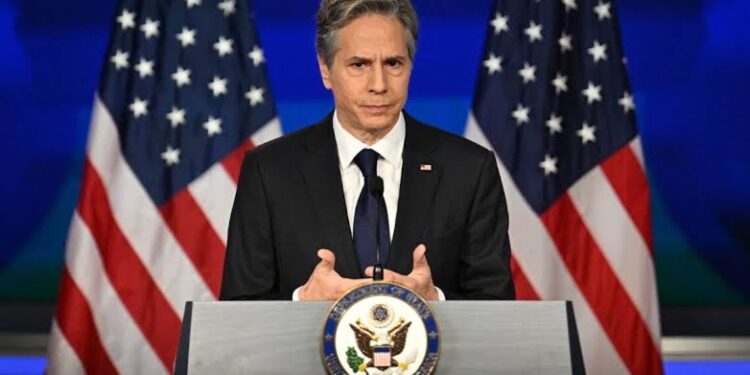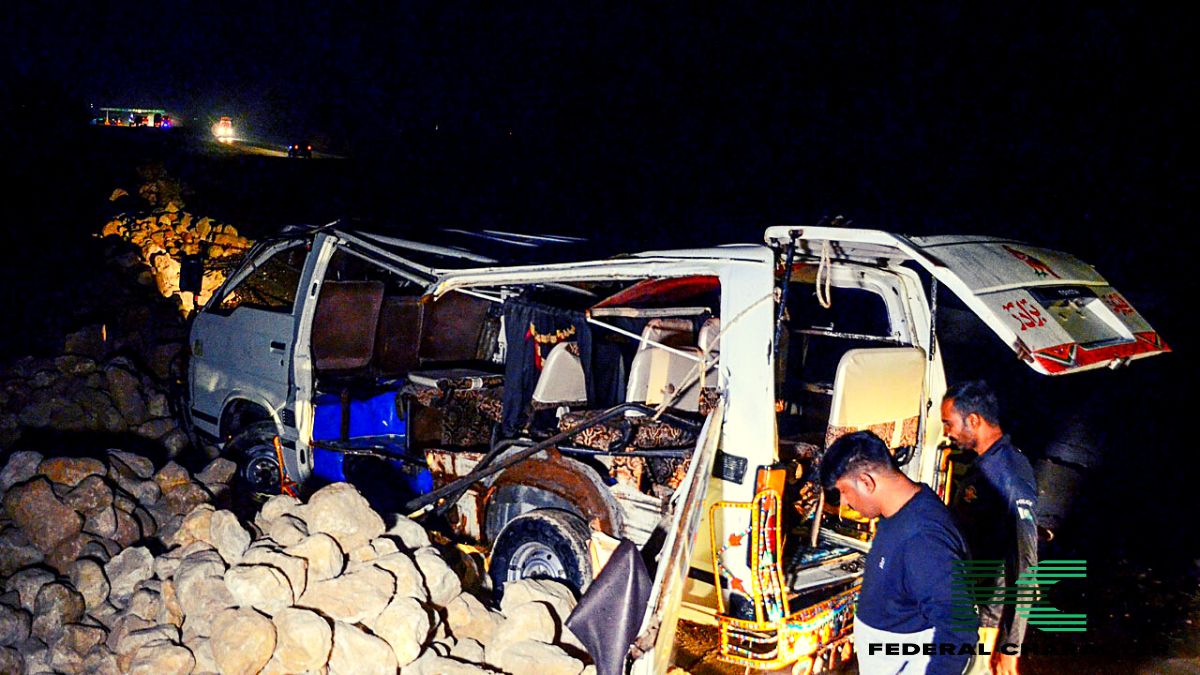US Secretary of State Antony Blinken declared that “now is the time” to end the conflict in Gaza, urging Israel to avoid further escalation with Iran. This is Blinken’s 11th visit since the war began, and nothing much has changed. It’s almost as if diplomacy has become a performance art.
Israel is embroiled in fights on multiple fronts—battling Hamas in Gaza, Hezbollah in Lebanon, and looming threats from Iran. And let’s not forget the October 1 missile strike by Iran that Israel has promised to respond to. So, when Blinken says Israel should “avoid greater escalation,” it’s like asking a storm to calm down while you’re standing in the eye of a hurricane.

Meanwhile, the people of Tyre, a city once known for its beauty and historical significance, are fleeing for their lives. After an Israeli drone strike on the city, thick black smoke was seen rising, and disaster management officials admitted they were evacuating the entire city. Imagine that—a whole city being emptied because of the relentless back-and-forth between Israel and Hezbollah. “The situation is very bad,” said Mortada Mhanna, which feels like an understatement when your city is being bombed.
What’s more, Blinken seems to think Israel has achieved “most of its strategic objectives” in Gaza. Sure, 42,718 people in Gaza are dead, according to the Hamas-run health ministry—most of them civilians. But hey, apparently, that counts as a strategic win. Let’s not even talk about the 1,206 deaths on the Israeli side from the brutal Hamas attack that kicked off the war on October 7, 2023. So, what exactly has been “won” here? The conflict is still raging, and the body count keeps rising.
On the subject of aid, Blinken made a predictably diplomatic statement about “progress being made,” though he stressed that it “needs to be sustained.” Sustained? That’s rich, coming from a country that has struggled to offer meaningful humanitarian relief in conflict zones worldwide. And while Blinken encourages Israel to act cautiously in response to Iran’s missile strike, it’s not exactly a secret that Israel’s military doesn’t take kindly to being told to stop.
Blinken’s next stop? Saudi Arabia. That’s right, he’s still holding out hope for a normalization deal between Israel and the Saudis—because apparently, the creation of a Palestinian state is the real sticking point here. It’s almost laughable that anyone thinks a diplomatic miracle is just around the corner, considering the region is teetering on the brink of all-out war.
And if all of this wasn’t enough drama, Blinken urged Israeli Prime Minister Benjamin Netanyahu to capitalize on the death of Hamas leader Yahya Sinwar, the so-called mastermind behind the October 7 attack, to work towards a ceasefire. Netanyahu, of course, welcomed the killing but quickly added that “this doesn’t mean the war is over.”
In fact, the war is anything but over. Ninety-seven hostages are still being held in Gaza, including 34 that the Israeli military has reported as dead. Blinken is pushing for their release, hoping that Sinwar’s death might lead to some kind of breakthrough.
Even more alarming, Blinken is calling for increased aid to Gaza. The problem is, civilians in the north are trapped and dying by the day, and Kamal Adwan Hospital, the only facility still partially functioning in the region—is desperately running out of supplies. Bodies lie in the streets, and there’s little anyone can do about it.
As if the chaos couldn’t get worse, Israel recently claimed to have taken out Hashem Safieddine, the Hezbollah cleric likely to succeed Hassan Nasrallah, in an airstrike. Hezbollah hasn’t confirmed his death, but Israeli military chief Lieutenant General Herzi Halevi certainly seems confident. On top of that, Israeli strikes are pounding Beirut’s southern suburbs, another Hezbollah stronghold, as residents flee once again.
So, is this really the moment to “end the conflict,” as Blinken insists? If the past is anything to go by, this so-called “incredible opportunity” to end the Gaza war may just be another missed one.

















